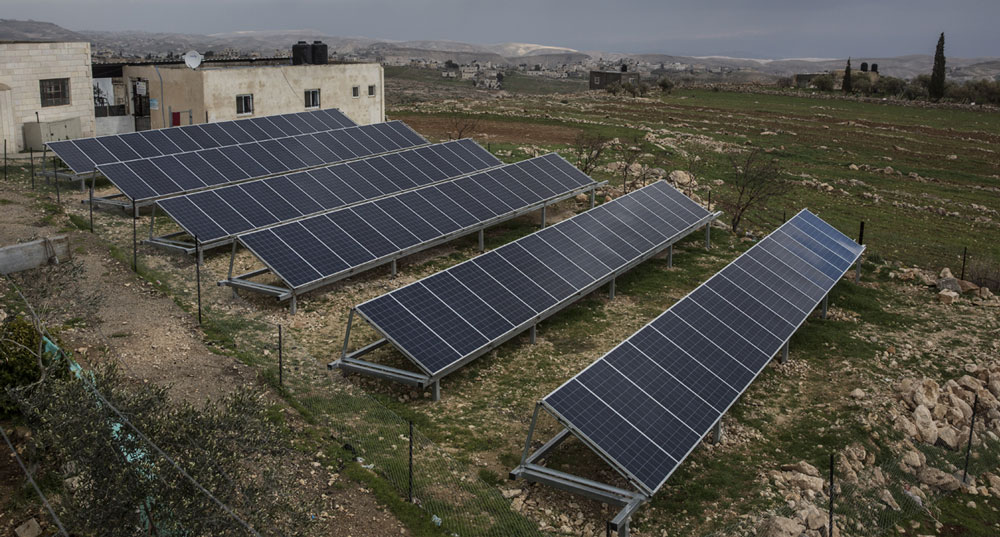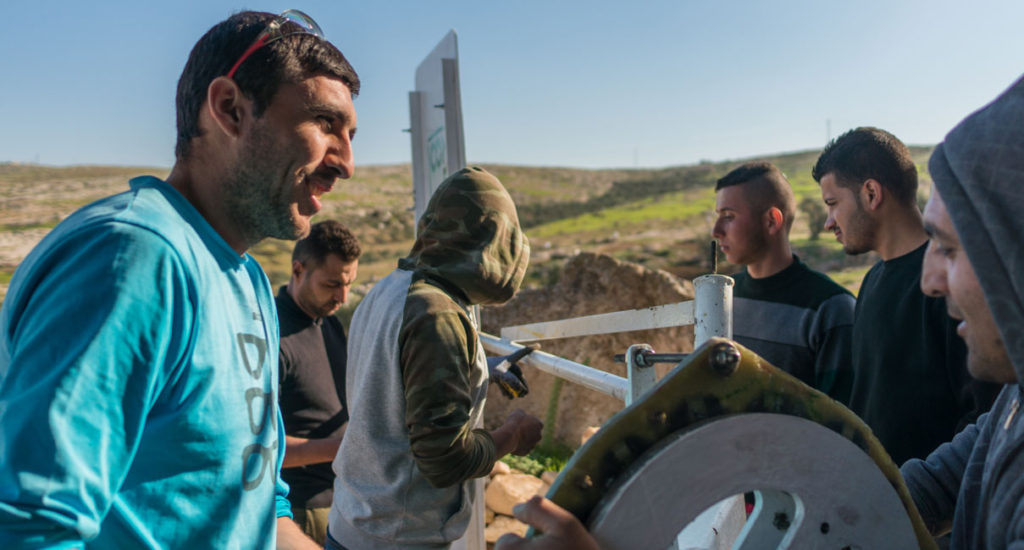Energy
Problem definition
Lack of reliable access to electricity is a major hindrance to development in Area C and makes day-to-day survival difficult. Lack of refrigeration, whether for food, water, or medication, particularly in the hot summer months, requires frequent trips by car or on foot to the nearest town to buy food and receive medication. Basic activities, such as doing laundry, finishing homework after dark, and even charging cell phones, cannot be taken for granted. Moreover, the production of dairy products, a backbone of the local economy, requires hours of manual labor, in particular on the part of the women. Those who have partial access to electricity via diesel generators can spend hundreds of shekels a month for just a few hours a day of electricity, and they suffer from air and noise pollution next to their homes.
The implementation of Comet-ME’s off-grid energy solutions in the communities over the past decade has had manifold humanitarian, economic, and social benefits. Those who experience the change in the most palpable and meaningful way are the women, who traditionally bear the brunt of the manual labor involved in the day-to-day tasks of maintaining the household and its economy—from carrying water, cleaning, cooking, and doing the laundry, to milking and producing dairy products for family consumption and sale. The core activities of the energy program are the installation of renewable energy systems and regular monitoring and maintenance of all systems.
Installations
Our renewable energy installations range in size from single-family systems to community-scale mini-grids, designed according to the needs and situation of each community. The energy systems provide 2.5 kWh/day/household—enough for illumination, refrigeration (of food and medicine), cell-phone charging, television, radio, and computers, water pumping, and use of basic appliances, in particular washing machines and butter churns. Our electricity install base as of 2018 includes 78 communities, some 850 households, and nearly 5,500 beneficiaries.

Maintenance
In order to ensure the long-term impact of our renewable-energy systems and services, Comet-ME implements ongoing maintenance, management, and monitoring program, operated by our professional team of engineers, technicians, and community workers. The program has been developed over the course of several years and includes regular diagnostics and remote online monitoring of systems, seasonal checks, rapid response to system malfunctions (through field visits, telephone service, or a combination of the two), upgrades of systems to meet the changing needs of growing communities, grid extensions to new homes, schools, and clinics, training of community members in proper use of the systems and in basic maintenance and diagnostics tasks, and a pre-paid metering and bill-payment scheme that contributes to covering maintenance expenses, rationalizes energy use, and fosters a sense of ownership among the users.


